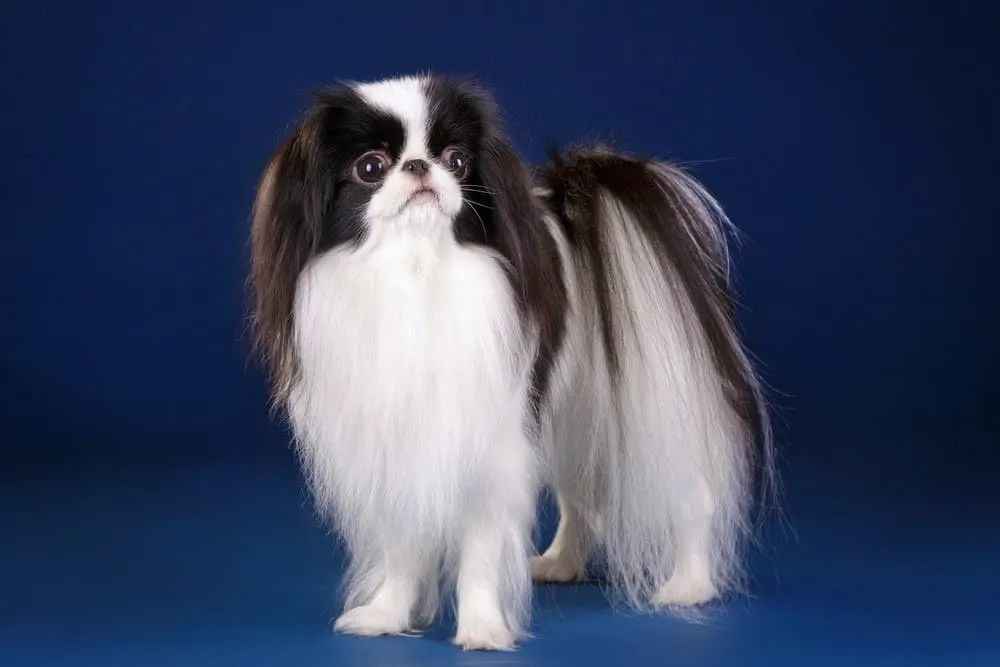The Japanese Chin: A Regal Canine Companion with a Storied Past

The Japanese Chin: A Regal Canine Companion with a Storied Past
The Japanese Chin, an elegant small dog breed often likened to a feline for its poised demeanor, carries a history intertwined with royal courts and cultural heritage. Believed to have originated in ancient China, the breed journeyed to Japan, where it became a cherished companion of feudal lords and imperial families. Dating back to Japan’s Heian era (794–1185), the Japanese Chin was revered as a status symbol, frequently depicted in traditional art alongside samurai and nobility.









